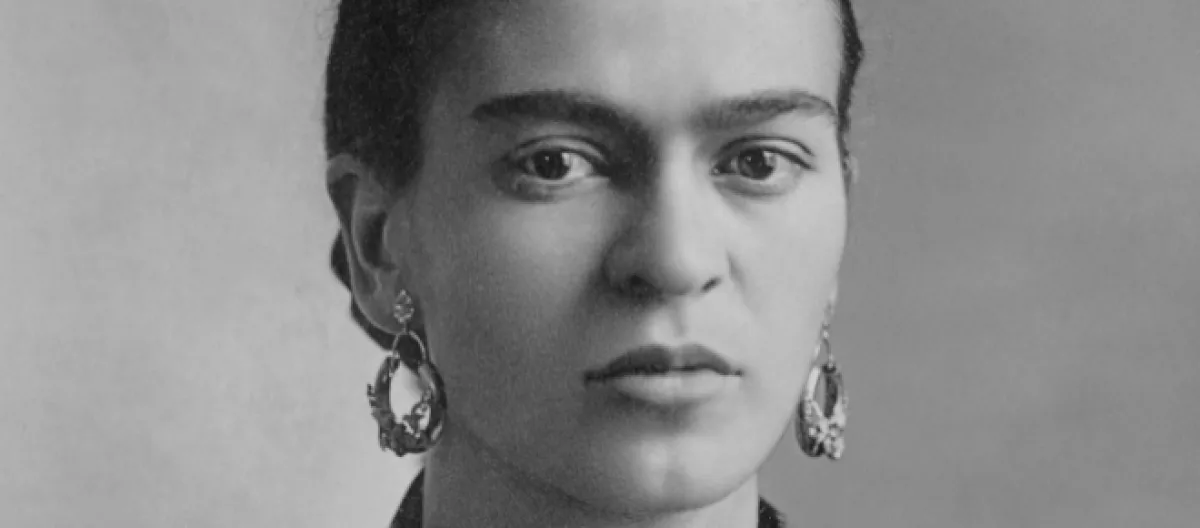UK Prime Minister, Theresa May, made yet more headlines for the wrong reasons yesterday (Wednesday 4th) after her keynote speech at the Conservative Party Conference in Manchester. Aside from the content of the speech (which ranged from apologies over this year's snap election to coughing to affordable housing) and an interruption from a satirical prankster (Simon Brodkin) offering May a P45 (employee exit documents), another major talking point emerged: May's decision to wear a bracelet that prominently displayed Frida Kahlo.
Who is Frida Kahlo?
Frida Kahlo was a Mexican painter who achieved modest success in her lifetime through a series of exhibitions and commissions, usually dealing with issues of femininity, race, and class. She frequently inserted herself into her work in ways which are usually classified as surreal. However, she was mostly known in her lifetime as the wife of a famous muralist, Diego Rivera. It was not until her work was rediscovered in the 1970s that she became an icon for feminists, LGBTQ activists, and the Chicano movement.
The cult of Kahlo
Fascination over Kahlo's life has been near constant since the 1970s and her status as a symbol of non-conformity can now be seen almost as prevalently as Che Guevera or Bob Marley.
Interest in her life often overshadows her artistry and the fact that she was an ardent Communist for most of her life is one of the details that hasn't been mythologized into fiction. She joined the Mexican Communist Party in 1927 at the age of 20, something she maintained a varying level of interest throughout her life; she even had an affair with Leon Trotsky in the late 1930s and was involved in the investigation of his murder.
Was May making a political statement?
Kahlo's communist ideals are massively at odds with May's fervent conservativism, especially when it comes to their beliefs on the plight of vulnerable groups. May and the Tory establishment have also been quick to make accusations against Jeremy Corbyn and his socialist agenda (the 'C' word often making an appearance).
So why did she wear such a prominent bracelet at a huge public event? It could be a misguided effort to tap into a wider cultural resurgence of a popular feminist icon, to create an association in the minds of voters. Nothing is done by accident in the world of politics today, so to wear it at the Tory party conference, a time and place usually concerned with big statements and assertions of intent, is baffling.
Either way, at a time when the memory of feminist icons is being desecrated elsewhere (Marilyn Monroe), it seems especially cheap and undignified to try and score political points by using the legacy of an artist whose beliefs were in direct contradiction with those of May and the Conservative Party.
